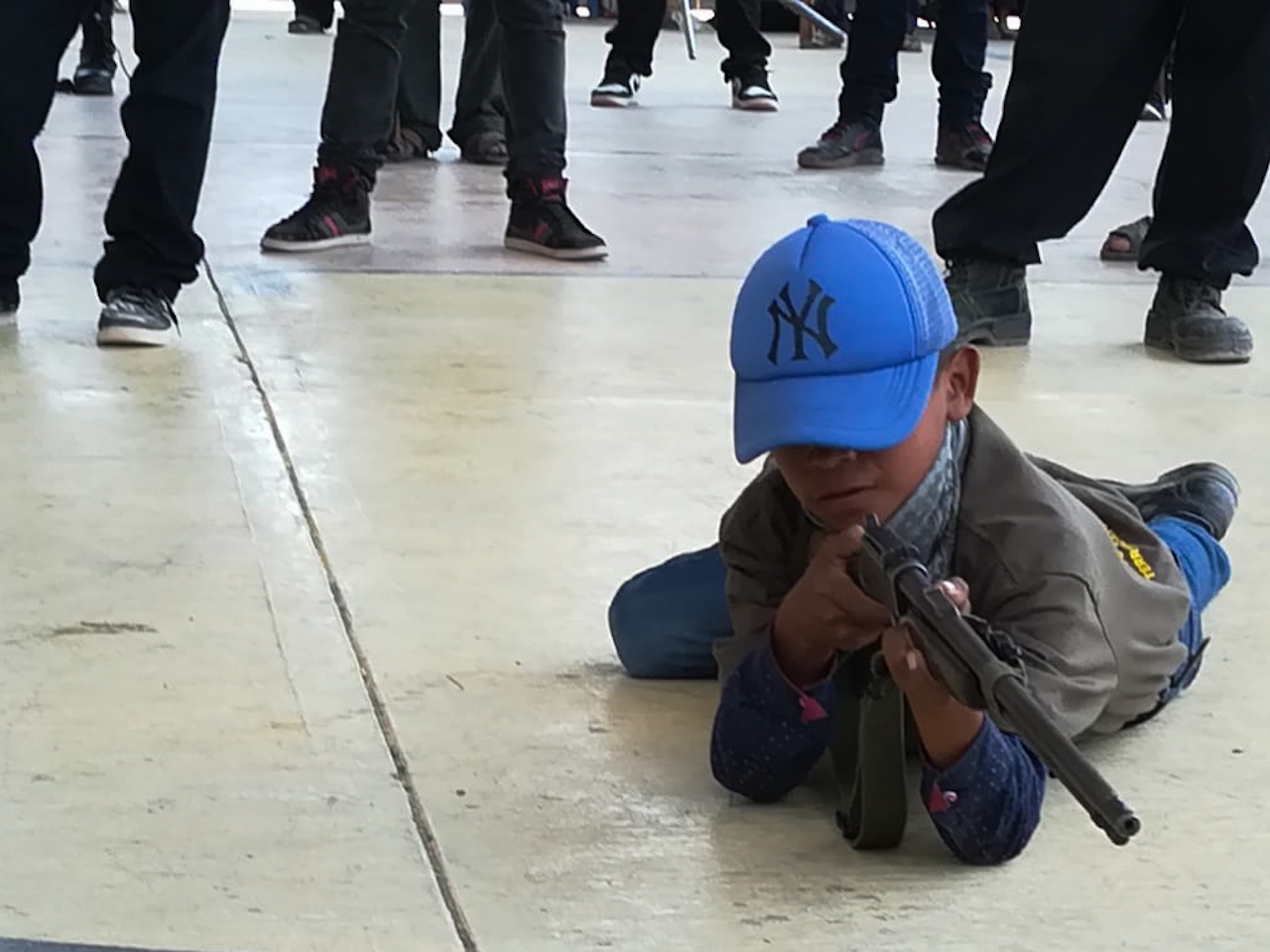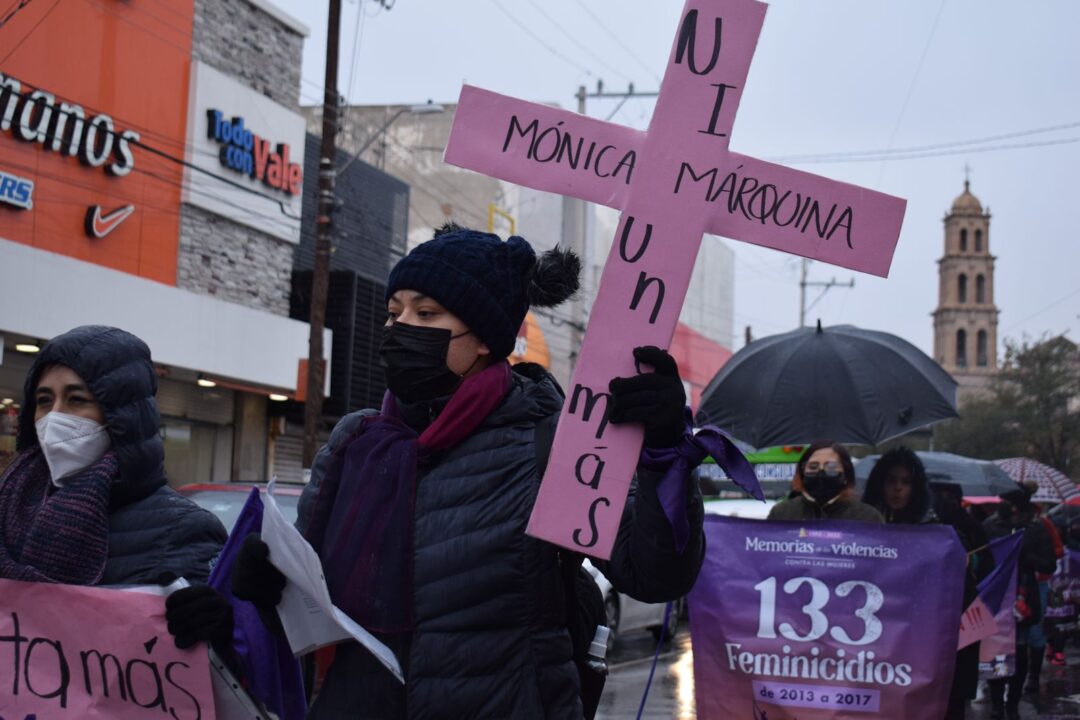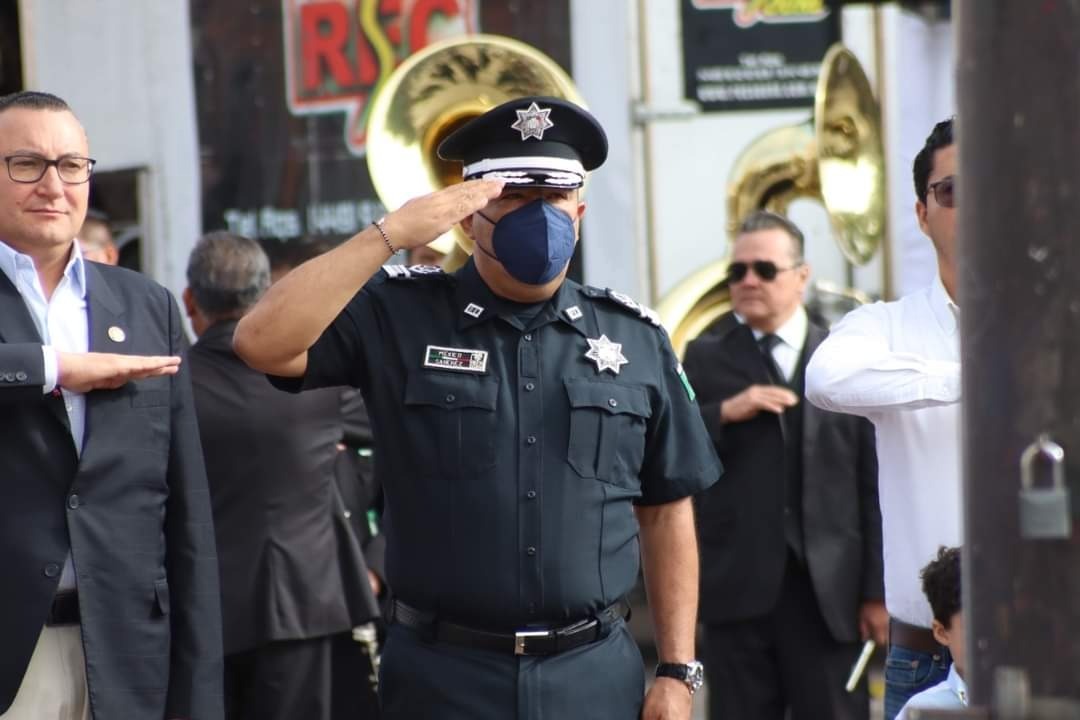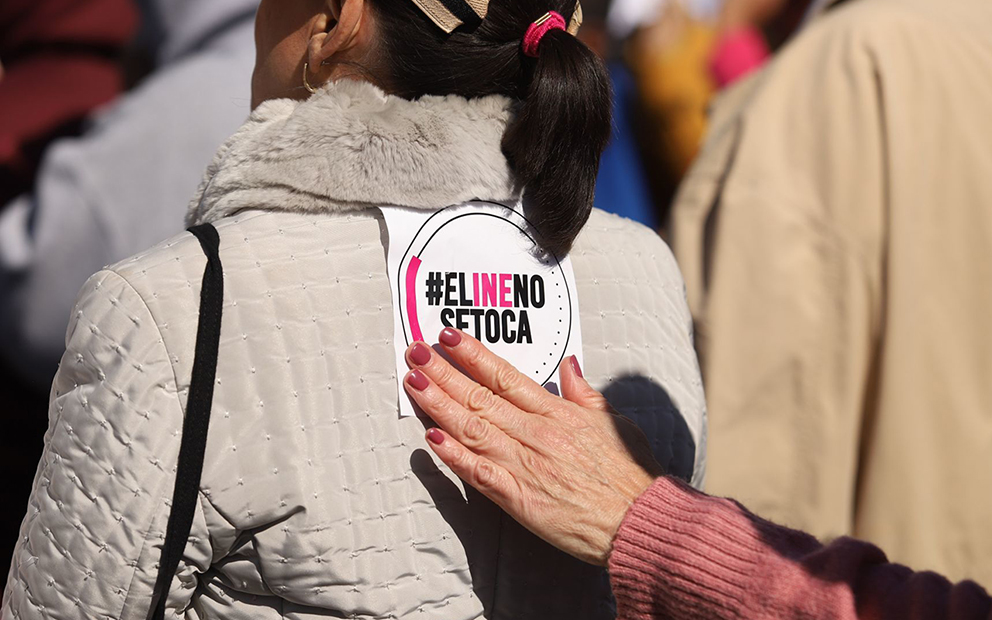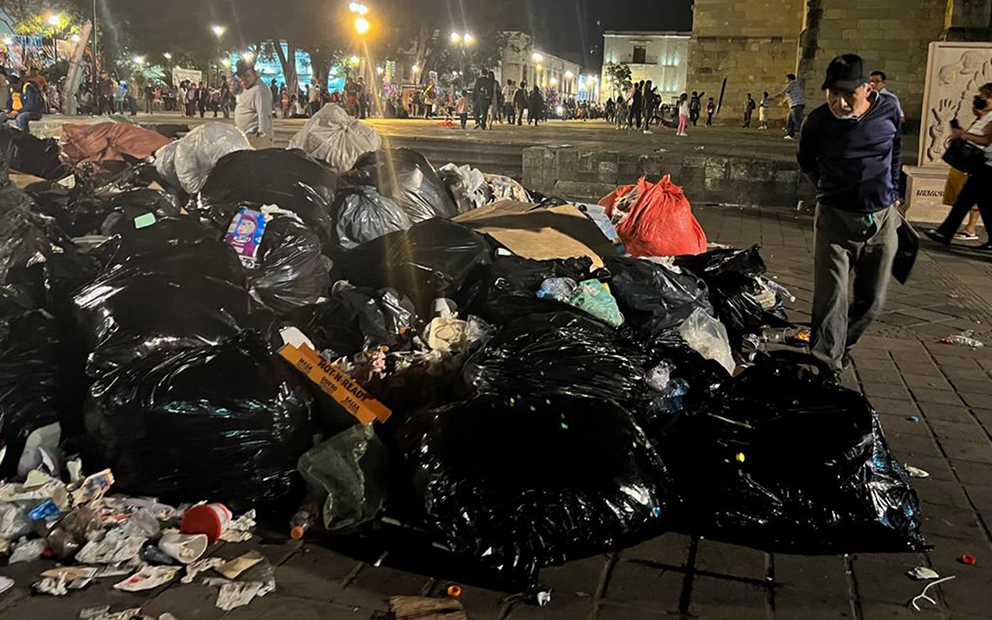The Regional Coordination of Founding Communal Village Authorities (CRAC-PF) brought another 15 children into their ranks, including a girl, to defend the territory; today there are 34 minors in the organization
Text by Marlén Castro, originally published April 11, 2021
Photographs by Marlén Castro and Margena de la O
Translated by: Dawn Marie Paley
Ismael is 10 years old, and he loves dinosaurs, even though he’s never had one. What Ismael does have is a 20 calibre single shot, that he carries across his small body.
On Saturday, April 10, which was the 102nd anniversary of the assassination of General Emiliano Zapata, Ismael and his little brother Juan, who is six, became community police. They became members of the Regional Coordination of Founding Communal-Village Authorities (CRAC-PF), an organization formed six years ago in defense of 16 Indigenous Nahua communities in the municipalities of Chipala and José Joaquín de Herrera, in Guerrero state’s central region.
“And have you fired a shot?” I ask Ismael, who leans on the commissary building, under a speck of shade coming off the wall. It’s almost noon, and the sun is heavy and powerful in this town without paved roads and running water.
“So far I’ve only shot at rabbits, when I help my father to look after the village and I see one, I fire,” Ismael said, as he adjusted the shotgun against his diminutive body (in which severe malnutrition is evident).
He says he loves dinosaurs. He’d like to have some to play with, but his mother and father haven’t bought him any because there’s no money for such things.
Ismael solved the absence of the triassic period with a print of one on a piece of paper from the school supply store in town.
“I glue this card on the speaker, and it’s the only dinosaur I have,” he said, proud of his creativity, born of precarity.
Later, Ismael and his little brother Juan, who is six, walked through the streets in the community of Ayahualtempa, which the 34 communitarian children in the ranks of the CRAC-PF helped to build.
They’re part of a group of 15 minors incorporated into the CRAC-PF on April 10th, among them a girl. In total, there’s 34 children in the Community Police, which defends the territory and the people that live in nearby towns. On January 23, 2020, the CRAC-PF enlisted the first 19 minors in defensive duties.
They also shot at a crust of earth, as a symbol of their official initiation into Nahua community defense and protection activities. For the last 11 years, their communities have been resisting the attacks of a criminal group known as Los Ardillos.
The local crime group has a lot of fire power, it has political power too. One of the brothers that leads the group, Bernardo Ortega Jiménez, of the Party for the Democratic Revolution (PRD) party, has been a local congressperson thrice (once he was coordinator of Congress), and twice mayor of Quechultenango.
For the last few years, Bernardo Ortega has distanced himself publicly from his brothers Celso, Jorge Iván and Arturo Ortega Jiménez, who Guerrero State’s Attorney General (FGE) says are responsible for innumerable crimes in the region. Even so, every election Los Ardillos order the population to vote for their brother. In the towns that they dominate, the urns are full of votes for Bernardo Ortega.
In the 2021 elections in Mexico –which have been called the most contested in the country’s recent history because more than 21,000 posts will be filled through contests nationwide– this criminal group could either shrink or expand.
In this region of Guerrero state, residents identify various candidates as allies of the criminal group.
First is Bernardo Ortega, who is seeking re-election as a local congressperson in Guerrero’s 24th District, which includes the municipalities where Los Ardillos hope to maintain and consolidate their control: Quechultenango, Mochitlán, Tixtla, Mártir de Cuilapan and Zitlala.
Mario Moreno Arcos, Guerrero’s gubernatorial candidate for an unusual alliance between the Institutional Revolutionary Party (PRI) and the PRD, has been accused of links with another criminal group, Los Rojos. For over a decade, Los Rojos have been engaged in a bloody dispute with Los Ardillos or control of these communities. Moreno Arcos designated Bernardo Ortega as the logistical campaign coordinator for Guerrero’s Central Region.
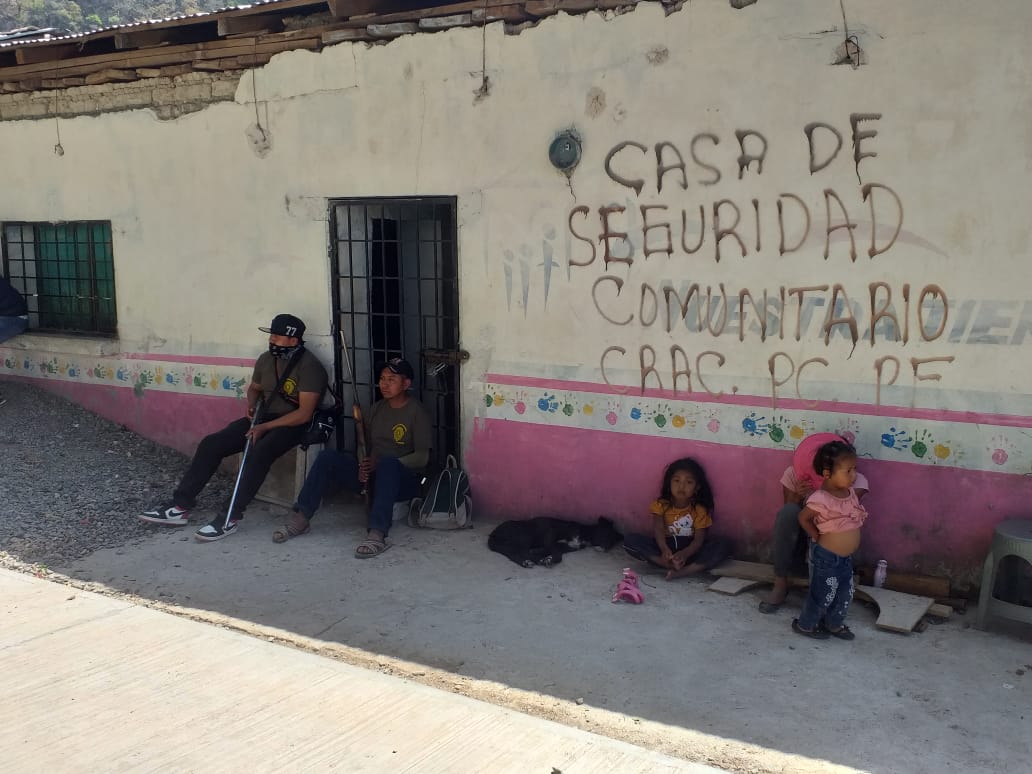
It is in this political panorama that the communities that are part of the CRAC-PF will decide via community assemblies whether or not to participate in the June 6th elections, according to Bernardino Sánchez Luna, the founder of the community organization.
Bernardino Sánchez indicated that they would likely decide not to participate, because the government ignores their pleas for help and protection against organized crime. Nor has the state arrived with support for the widows and orphans in the towns because of the community struggle of the CRAC-PF in defense of their territory.
Shotguns for dinosaurs
Ismael doesn’t want to be part of the community police. He’d rather be at home with his mom and his three siblings. But he had no choice, because his father is a communitarian, and when his father goes out to work his land, he needs someone to keep guard over him.
He understands that while his father tills the land to plant corn, he, at 10 years old and who would rather be playing with dinosaurs, has to look after his father.
He doesn’t know why they are fighting or what those who wish to control the territory want.
“I think they want our lands because they’re beautiful,” said the communitarian boy.
The hills that surround Ayahultempa are bare, with signs that there were once thick forests of oak and oyamel trees. The logging continues, but the trucks piled high with the trunks of trees of all different sizes no longer depart from these deforested communities. Their hills were devoured many years ago.
The communities of Chilapa and José Joaquín de Herrera make up the largest Nahua region in the state of Guerrero. It surrounds the El Violín mining project, owned by the Australian company Pacifico Minerals Ltd, which already began work in Mochitlán, and which according to the concession in the Secretary of the Economy, will extend to Tixtla, Quechultenango and José Joaquín de Herrera.
Every day at 7pm, Ismael tries out different positions and shots. He does enjoy that. At that hour a refreshing breeze runs through the hills of his town, and he thinks that in some of his training he might hunt a bunny or a deer so his family could eat meat at home.
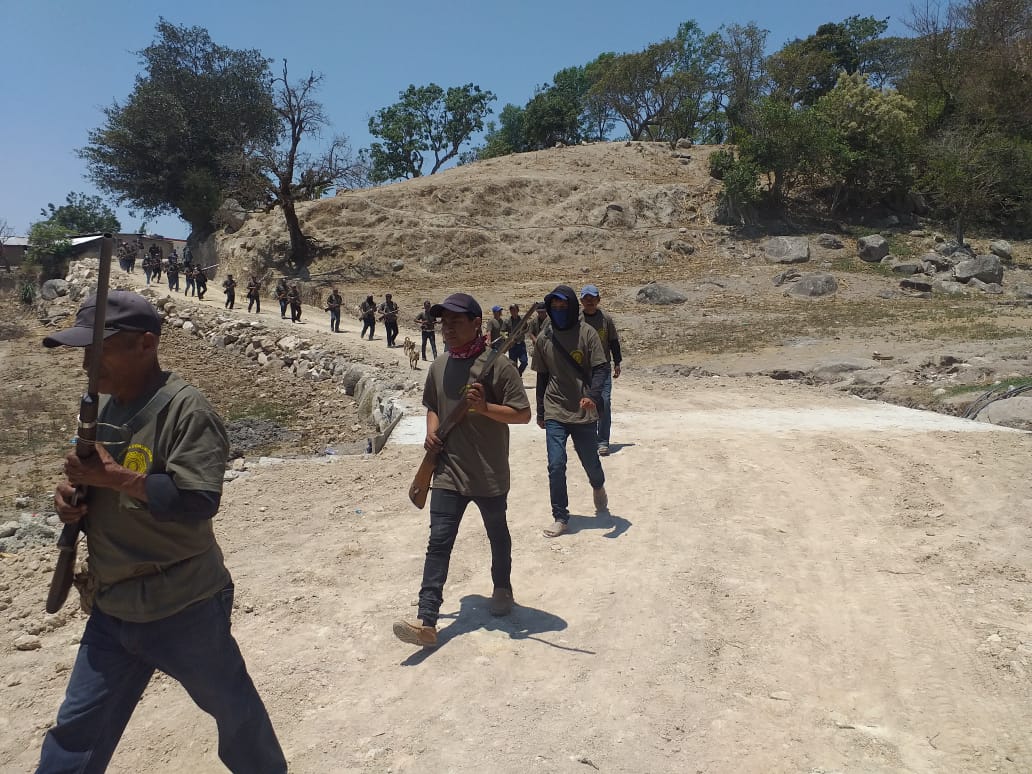
He’s in grade four. As he feels responsible for guarding the people of the town, Ismael doesn’t like playing with his phone. But his little brother, who is also part of the community police, does.
Both boys wait outside of the commissary building to be called to line up in the multiple-use field, where the march to present the new members will take place.
While it is being organized, Juan, the littlest member of the community police, listens to music on his phone.
His mother and father bought the device so that their sons could do the homework that the teachers that travel to the community leave them.
But Ismael doesn’t like looking at the phone.
“I feel distracted,” he says.
Yes, it distracts. Juan, who has the phone up to his ear listening to his favorite songs, doesn’t hear when they’re called into formation.
Ayahualtempa: neighbors with the enemy
In the towns along the highway that leads to Huecatenango, which is the municipal center of José Joaquín de Herrera, there is plenty of evidence of confrontation. Fifteen minutes from the road to Chilapa, on the right hand side of the road, is the Corral de Piedra neighborhood. A cluster of abandoned houses, their walls pierced with high calibre bullets.
The name is important. It’s called Corral de Piedra because it was founded by people from a town by the same name in the mountains, in the municipality of Heliodoro Castillo, where government authorities say the Los Rojos criminal group was founded.
Farther along are the homes of the people of Atzacoaloya. Many of the people killed in confrontations between these two Nahua communities over the last 10 years were from this town, where people work producing garlic and onion.
Some of these enemy localities share the same political affiliation and are linked to one of the two criminal groups that are in dispute in the area, and belong to the different community police formed to protect local residents.
Various communities along this corridor are the hardline base of the PRI voters who are identified with the Los Rojos criminal group.
Some others vote for the PRD and are associated with Los Ardillos criminal group, and to a community police organization known as Peace and Justice.
Then there are populations like Rincón de Chautla and Ayahualtempa, which have repelled both criminal groups and which formed the CRAC-PF to protect themselves.
On the road to Ayahueltampa there are five community police on each side of the road. They’re only letting visitors pass because it is the 102nd anniversary of Emiliano Zapata.
They register the names of the passengers and the license plates of every vehicle that they allow in.
Father along, in the center of the town, Sánchez Luna says that in Ayahualtempa nobody enters without stating who they are and where they’re going.
In the hills before the entry to the town there are more community police. They’re all on lookout, with their shotguns to one side.
Ayahualtempa and Hueycatenango, the latter of which supports the PRI, are neighboring communities. The residents of Ayahualtempa have paid with their lives for leaving their safe zone.
Going to get gas and pick up tomatoes in Huecatenango is a suicide mission.
The march
Juanito doesn’t hear them calling him. The phone against his ear plays one of his favorite songs. Then he notices his friends from playtime, now running with shotguns.
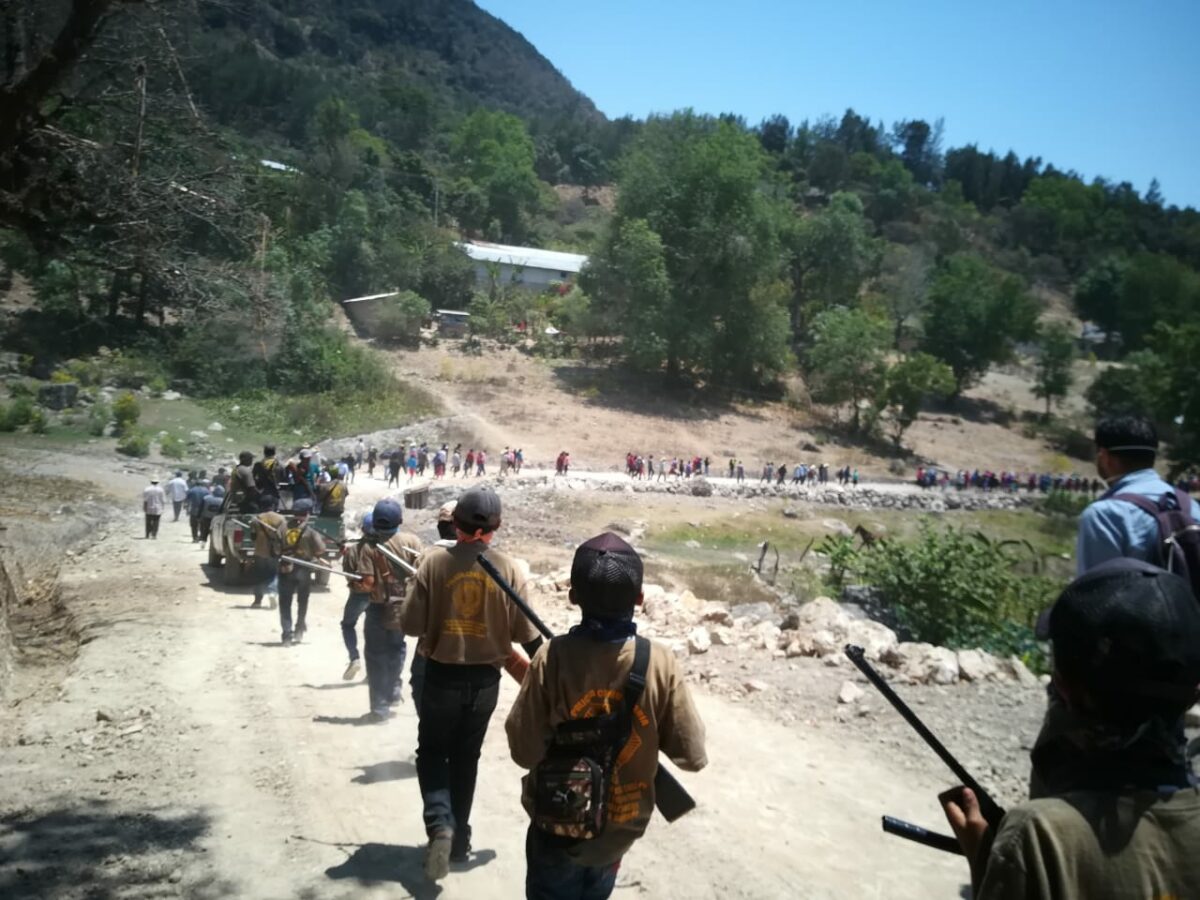
He turns off the phone and puts it in his pants pocket. When he arrives at the field, the rest are already lined up. One of his compañeritos takes the microphone and recites a message to President Andrés Manuel López Obrador.
“Fifteen months ago we were accused of being delinquents. We are not delinquents. We are communitarian children who are supporting the defense of our Indigenous Nahua community,” says the child orator. He has a kerchief partially covering his face.
A regional commander of the CRAC-PF goes through the list of all of the people killed in 10 years of war. In a single year, 26 members of the CRAC-PF were killed, among them 10 employees of the band Sensasción Musical, from the community of Alcozacán, in January of 2020.
The marchers take to the street, which the community recently built itself. They spent years trying to convince the municipality of José Joaquín de Herrera and the state to do it. The community police built it, with help from the children in the force.
“We are not training delinquents, we are training citizens,” they say into the microphone, in hopes the message will make it to López Obrador.
The march circles the community. In the front are the women and children, then the communitarian children, and then the community police and their wives and parents.
They circle back to where they started, and keep walking; they walk up into the guarded hills. The minors line up. One minor calls out, in what sounds like a complaint and a lament.
“Communitarian children, stay firm! Take up arms, now! There are no laws that protect the orphaned children of Mexico, no government that gives them security, so we will respond with fire to the hitmen. All of them: sons of bitches.”
The shots of 10 of the children drown in the earth (the other children have wooden guns), but the whizzing sound of the bullets echoes through this part of the lower Mountain of Guerrero.
This report was originally Published in Amapola Periodismo Transgresor, which is part of the Media Alliance organized by Red de Periodistas de a Pie. You can read it here.
Click here to join Pie de Página’s bi-weekly English newsletter.
Ayúdanos a sostener un periodismo ético y responsable, que sirva para construir mejores sociedades. Patrocina una historia y forma parte de nuestra comunidad.
Dona

